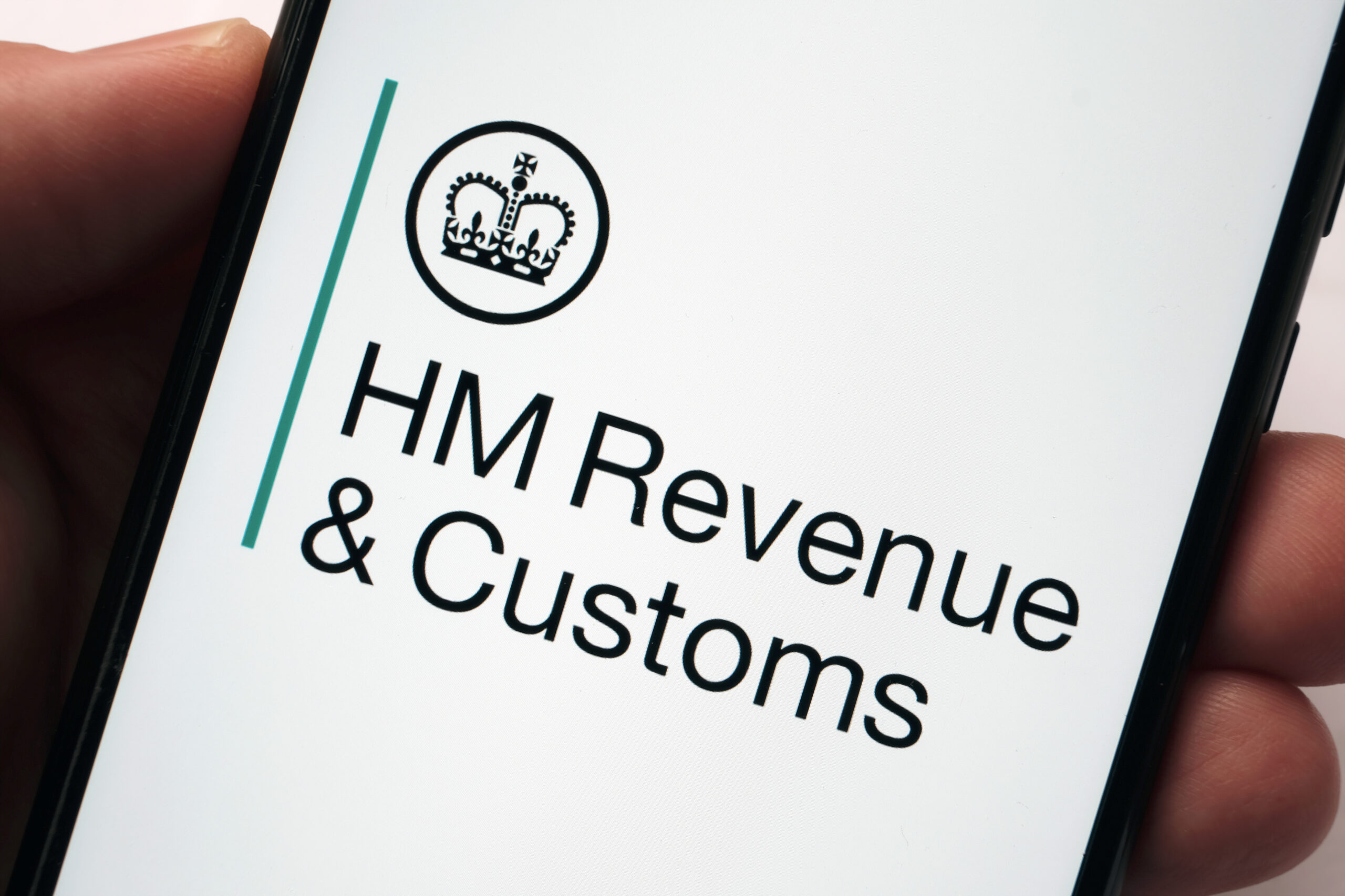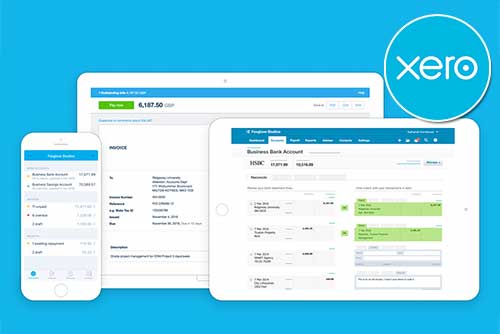What are Payroll Records?
Payroll records are an essential component of any business, serving as a comprehensive documentation of employee compensation and related transactions. These records encompass various aspects of payroll management, including wages, taxes, benefits, and deductions.
Let’s delve into what payroll records entail, their importance, and how businesses can effectively maintain them.
Understanding Payroll Records
Payroll records encompass a wide range of documents and information related to employee compensation. These records typically include details such as:
- Employee Information: Basic information about employees, including their full name, address, National Insurance number, and employment status.
- Earnings: Documentation of wages or salary earned by employees for each pay period, including regular pay, overtime, bonuses, and commissions.
- Tax and National Insurance Contributions (NICs): Records of income tax and NICs deducted from employee paychecks, as well as employer contributions to NICs.
- Pension Contributions: Documentation of employee and employer contributions to workplace pension schemes, such as auto-enrolment pension schemes.
- Benefits and Deductions: Records of any employee benefits, such as health insurance, retirement contributions, and other voluntary deductions.
- Payroll Registers: Summaries of employee earnings and deductions for each pay period, providing a detailed breakdown of payroll expenses.
- Time and Attendance Records: Records of employee work hours, including regular hours, overtime, holiday, and sick leave.
- Payroll Tax Filings: Reports and filings submitted to HM Revenue & Customs (HMRC), including Real Time Information (RTI) submissions, annual payroll reports, and forms P11D for employee benefits.
Types of Payroll Documents
Several types of payroll documents are crucial for managing employee compensation and ensuring legal compliance. These documents include:
- Payslips: Payslips are documents provided to employees detailing their earnings and deductions for each pay period. They typically include information such as gross pay, net pay, tax deductions, National Insurance contributions, pension contributions, and any other deductions or additions to the employee’s pay.
- P45: A P45 is a document provided to employees when they leave a job. It includes details of the employee’s earnings and tax deductions up to the date of leaving employment.
- P60: A P60 is an annual summary of an employee’s earnings and tax deductions for the tax year. Employers are required to provide a P60 to each employee by the end of May following the end of the tax year (which runs from April 6th to April 5th).
- P11D: A P11D is a form used to report benefits and expenses provided to employees, such as company cars, private healthcare, or other non-cash benefits. Employers must submit a P11D to HM Revenue & Customs (HMRC) for each relevant employee by July 6th following the end of the tax year.
- Real Time Information (RTI) Submissions: RTI submissions are electronic reports submitted to HMRC each time payroll is run. These submissions include details of employee earnings, tax deductions, National Insurance contributions, and other relevant payroll information.
- Pension Scheme Documents: Employers offering workplace pension schemes must provide employees with information about the scheme, including details of contributions, investment options, and other relevant terms and conditions.
- Timesheets: Timesheets or time records document the hours worked by employees for each pay period. They are used to calculate wages, overtime, and other payments accurately. Timesheets may be submitted electronically or in paper format, depending on the employer’s policies and procedures.
Importance of Keeping Payroll Records
Legal Compliance
Businesses in the UK are legally obligated to maintain payroll records in accordance with HM Revenue & Customs (HMRC) regulations. Failure to comply with these regulations can result in penalties, fines, and legal consequences.
Tax Reporting
Businesses must report employee earnings, tax withholdings, and National Insurance contributions to HMRC through Real Time Information (RTI) submissions. Accurate payroll records facilitate the preparation and submission of these reports, reducing the risk of errors and ensuring compliance with tax regulations.
Employee Rights
Payroll records serve as a transparent record of employee earnings, deductions, and benefits contributions. Employees have the right to access their payroll records under data protection laws, including the General Data Protection Regulation (GDPR).
Financial Management
Accurate payroll records provide valuable insights into labour costs, expenses, and budgeting. Businesses can track employee wages, overtime, bonuses, and benefits contributions, allowing for effective financial planning and management. Payroll records also facilitate the calculation of labour costs for pricing decisions, budgeting, and forecasting.
Dispute Resolution
In cases of wage disputes, discrepancies in tax withholdings, or benefits discrepancies, businesses can refer to payroll records to verify and reconcile employee earnings and deductions.
Creating and Storing Payroll Records
Here’s a step-by-step guide on how to create and store payroll records effectively:
1. Establish Clear Policies and Procedures
Develop comprehensive policies and procedures for payroll record-keeping, outlining roles, responsibilities, and processes for creating, storing, and accessing payroll records.
2. Gather Employee Information
Collect essential information from employees, including their full name, address, National Insurance number, bank details for payment, and any relevant tax forms (e.g., P45 for new hires). Maintain up-to-date records of employee details to ensure accuracy in payroll processing.
3. Record Employee Earnings and Deductions
Document employee earnings, including regular pay, overtime, bonuses, commissions, and any other forms of compensation. Record deductions such as income tax, National Insurance contributions, pension contributions, and any other voluntary deductions or benefits.
4. Use Reliable Payroll Software
Invest in reputable payroll software or systems that automate payroll processes and ensure accuracy in calculations. Choose software that allows for easy recording, tracking, and reporting of payroll data, including employee earnings, deductions, and tax withholdings.
5. Create and Distribute Payslips
Generate payslips for each pay period, detailing employee earnings, deductions, and net pay.
6. Submit Real Time Information (RTI) Reports
Submit RTI reports to HM Revenue & Customs (HMRC) each time payroll is run, providing details of employee earnings, tax deductions, National Insurance contributions, and other relevant payroll information.
7. Store Payroll Records Securely
Maintain secure electronic or physical storage for payroll records, ensuring compliance with data protection regulations. Implement access controls to restrict access to payroll records only to authorised personnel.
8. Retain Records According to Legal Requirements
Keep payroll records for the required period as specified by HMRC, typically at least three years from the end of the tax year to which they relate.
9. Dispose of Records Securely
When records reach the end of their retention period, dispose of them securely to protect sensitive employee information. Shred or securely delete electronic records to prevent unauthorised access or data breaches.
Conclusion
Payroll records play a pivotal role in the effective management of employee compensation and related transactions for businesses. They provide a detailed account of earnings, deductions, taxes, and benefits, ensuring legal compliance, accurate tax reporting, and transparency in financial management.





















